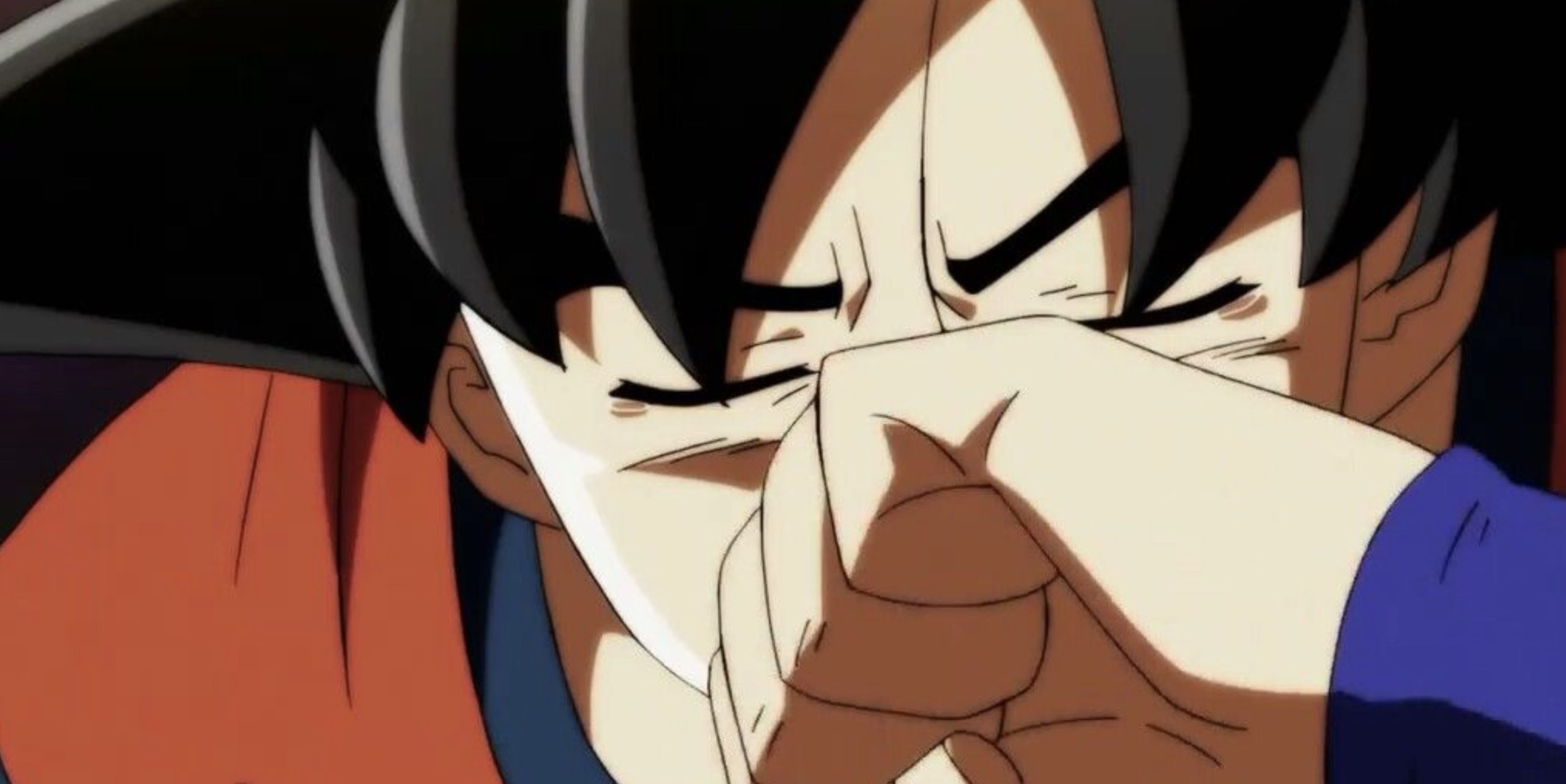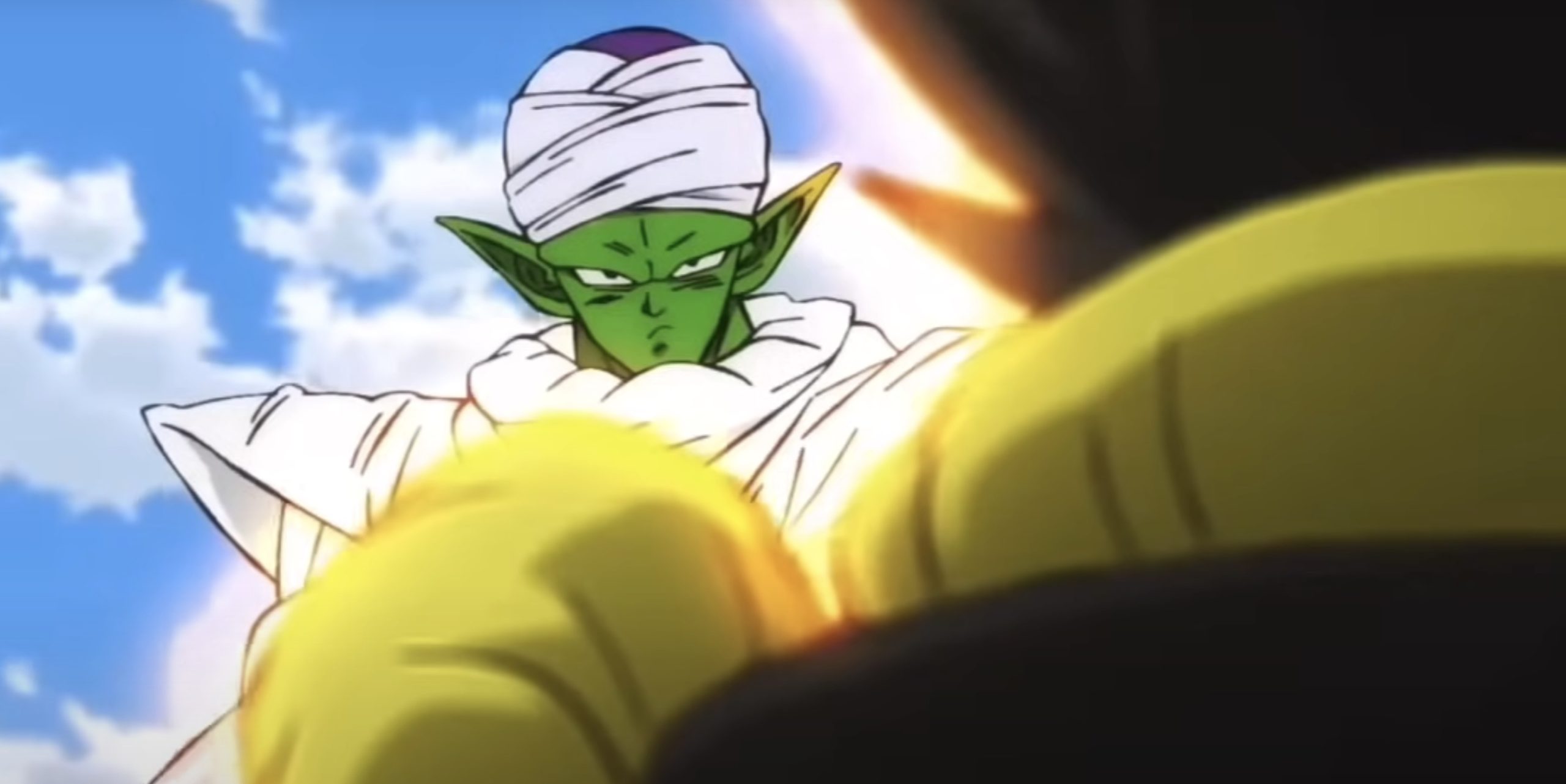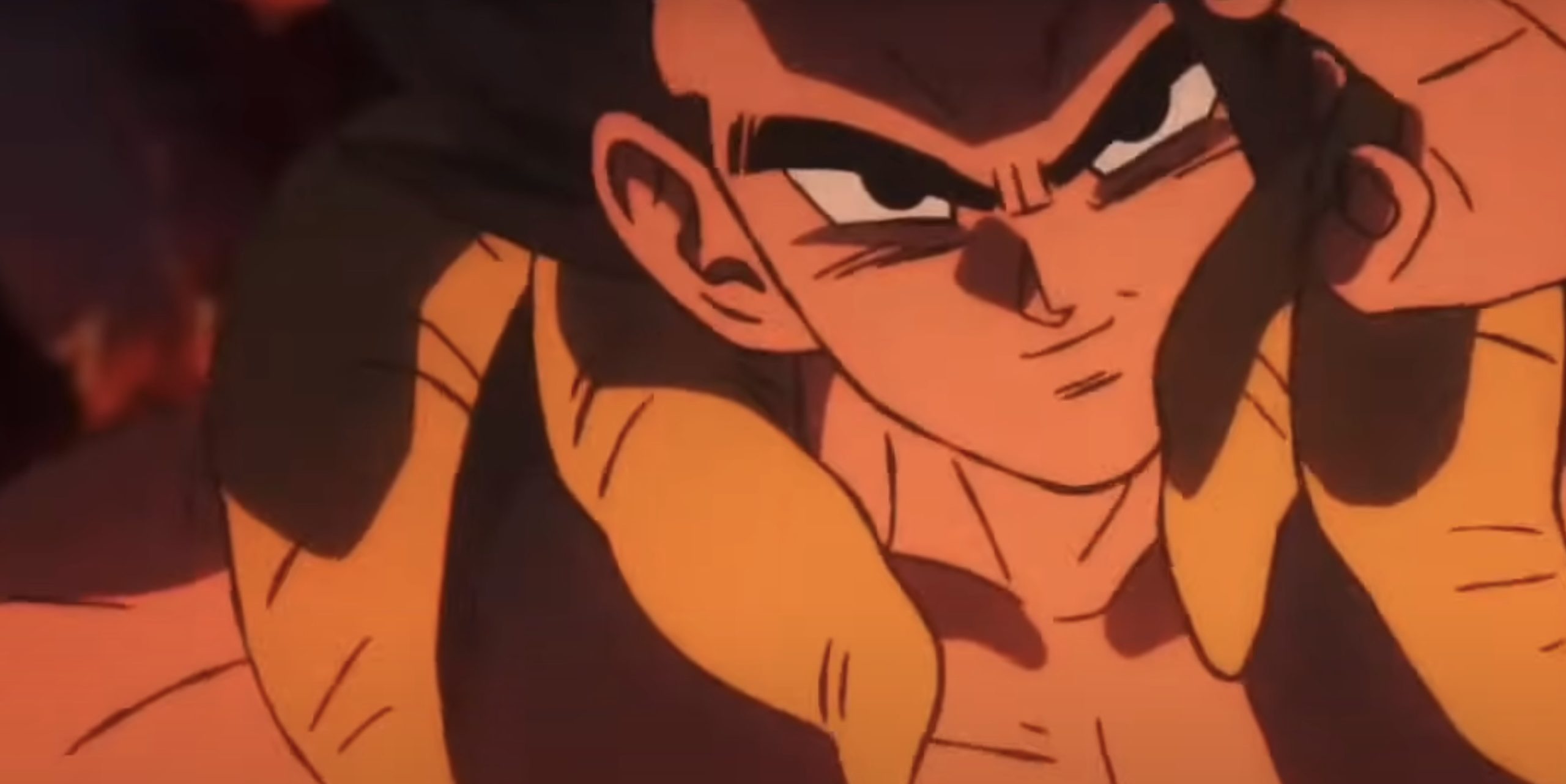Following the passing of Akira Toriyama, the creator of Dragon Ball, a revealing insight emerged from the warehouse factory responsible for producing Weekly Shonen Jump magazine. It was disclosed that internal disputes arose regarding who would have the honor of printing the iconic manga.
In an article published by Japanese public broadcaster NHK, attention was drawn to Kyodo Printing’s Goka Factory located in Ibaraki Prefecture.
Factory Manager Hiroaki Amemiya, who had accumulated 15 years of experience at Goka Factory since joining in 1993, shared anecdotes from his tenure. Notably, during this period, the serialized Dragon Ball manga was a cornerstone of their workload.
A factory prints Shonen Jump more than a week before its release date. According to factory staff, "There was a weekly fight over who should be in charge of printing Dragon Ball. We were so obsessed with DB that it took longer than usual to inspect it after it was printed.🤣" pic.twitter.com/WaxNJfy8e7
— sandman (@sandman_AP) March 22, 2024
Amemiya shed light on the fervent passion ignited by the Dragon Ball series among the factory workers. The manga’s immense popularity often led to heated debates over the allocation of printing responsibilities.
The allure of being associated with such a cultural phenomenon sparked intense internal conflicts, reflecting the profound impact of Toriyama’s creation on both readers and those involved in its production.
The camaraderie and dedication displayed by the workers underscored the significance of Dragon Ball within the fabric of Japanese pop culture. Each edition of Weekly Shonen Jump bearing Toriyama’s artwork held immense sentimental value, fostering a sense of pride and ownership among the factory staff.

Amidst the environment of Goka Factory, where deadlines loomed and machinery hummed ceaselessly, the spirit of Dragon Ball permeated every aspect of production.
The manga’s influence transcended its pages, uniting individuals from diverse backgrounds in a shared appreciation for Toriyama’s visionary storytelling.
The revelations from Goka Factory serve as a witness to the enduring legacy of Dragon Ball and its creator. Toriyama’s legacy continues to amaze generations of fans worldwide, leaving an indelible mark on the manga and anime.
As the factory workers grappled with their internal conflicts over printing duties, they unwittingly contributed to the rich Dragon Ball’s history, embodying the passion and dedication that define its enduring appeal.
Inside the Shonen Jump Factory: Honoring Toriyama’s Legacy Amidst Weekly Struggles
Amemiya disclosed the weekly struggle within the factory, stating, “Every week, there is a struggle to decide who will be in charge of printing.” He recounted how deeply immersed everyone became in the serialization process, with some employees so amazed by the content that they spent considerable time inspecting it after printing.

Beyond the excitement of reading the latest Shonen Jump chapter in advance, printing duties held key importance in ensuring the quality of ink for publication.
Amemiya emphasized meticulous inspection to prevent ink bleeds or any defects that could compromise the legibility or quality of the pages.
Having been a fan of Toriyama since the days of Dr. Slump, Amemiya expressed his sorrow over the loss of the manga artist. “I feel sad because I wanted to help Toriyama-sensei a little more,” he lamented.
Regardless of his grief, he found solace in continuing to contribute to Toriyama’s legacy through printing, aspiring to fulfill the late artist’s dream by sharing his work with children.

In the wake of Toriyama’s passing, numerous heartfelt tributes poured in from fellow manga creators and fans alike. Eiichiro Oda (One Piece), Tite Kubo (Bleach), and various other Shonen Jump artists released touching statements commemorating Toriyama’s impact.
Takao Koyama, the screenwriter for Dragon Ball Z, initiated a viral campaign urging fans to perform the Spirit Bomb technique as a real-life tribute to Toriyama’s memory.
Meanwhile, the latest release of Dragon Ball Super, Chapter 103, not only ended the adaptation of the Super Hero movie but also paid homage to Toriyama’s invaluable contributions to the franchise.




